Why High Quality Easy Balcony Angled Solar Panel Kits Matter Globally
In today’s fast-changing energy landscape, high quality easy balcony angled solar panel kits are emerging as a surprisingly powerful solution to a global puzzle: how to generate clean energy in small urban spaces. With worldwide urban populations now over 56% (UN DESA, 2023), people increasingly live in apartments or condos with tiny balconies barely big enough for a chair, let alone power equipment. The world’s struggle with climate change—plus rising electricity costs—makes these compact, efficient solar panel kits highly relevant. They let city dwellers, no matter how cramped their homes, join the renewable revolution.
Beyond just energy, these kits symbolize autonomy—freedom from soaring bills, reduced carbon emissions, and a way for millions to contribute to sustainability without bulky infrastructure. It’s fascinating how a roughly one-square-meter frame strategically angled can change so much.
Global Context: Challenges These Kits Solve
Globally, electricity demand keeps growing. The IEA forecasts a 8% rise in residential power use by 2030. Yet, expanding traditional grid infrastructure to serve dense urban pockets often lags, and fossil fuels remain dominant in many regions. High quality easy balcony angled solar panel kits answer a real challenge—delivering affordable, decentralized power directly where it's needed, with minimal fuss.
Take cities in Europe, where subsidies largely favour clean tech installation. Or Asian megacities, where countless rooftops and balconies sit idle. In developing countries, these kits can leapfrog traditional electrification steps, providing vital power for lighting, mobile charging, or small appliances.
So, What Exactly Are These Solar Panel Kits?
In simple terms, high quality easy balcony angled solar panel kits are self-contained solar power units made for easy installation on balconies, terraces, or small outdoor spaces. Unlike large rooftop systems, these kits typically have:
- Lightweight photovoltaic panels optimized for a fixed or adjustable angle
- Mounting hardware designed for railings or walls, often tool-free
- Integrated wiring with small inverters or junction boxes
- Plug-and-play connectors for quick setup by users with limited technical skills
In an industry moving toward democratized energy, these kits empower individuals and families to produce their own green power without complex engineering or heavy installations. Oddly enough, they sort of feel like the “small appliances” of solar—a neat mix of convenience and efficiency that speaks to modern urban lifestyles.
Key Components and Features Explored
1. Durability and Weather Resistance
Since balconies are exposed to the elements—from harsh sun to rain and wind—these kits use sturdy tempered glass panels with corrosion-resistant aluminum frames. Many claim IP65 rating or higher for the junction boxes and connectors. If a kit lacks durability, you quickly lose money and trust.
2. Scalability and Modularity
Many users don’t stop at one kit. High quality options allow easy parallel wiring of additional panels, so residents can expand capacity without complicated rewiring or replacing equipment.
3. Installation Ease and Safety
It’s common to see kits designed so that installation takes under an hour with no roof access. Non-invasive clamps and brackets avoid damage to the building, which is a big plus in rented urban flats. Safety features like double-insulated cabling and built-in circuit breakers are pretty much standard these days.
4. Optimal Angling and Energy Efficiency
The “angled” bit in the kit name is crucial: panels are pre-angled or adjustable to capture maximum sunlight depending on latitude and balcony orientation. Many kits come with tilt stands or hinges to set angles between 15 and 40 degrees. This helps boost yields by 20-30% versus flat panels.
5. Connectivity and Monitoring
Advances in IoT mean some kits offer monitoring apps or connectors to household smart hubs, so users can track production in real-time, detect faults early, and optimize usage.
Real World Use Cases: From Tokyo to Toronto
These kits shine where space is tight but sunlight comes in: dense apartment blocks in Tokyo help reduce urban heat and electricity bills; urban families in Berlin offset energy costs while contributing to Germany’s Energiewende; in Toronto, condo owners bundle installations as part of green building certifications.
In humanitarian deployments, especially in informal settlements or post-disaster urban housing, easy-to-install balcony kits offer quick, renewable power without heavy infrastructure needs. Some NGOs even distribute them as energy microgrids for displaced families.
Advantages That Last Beyond the First Month
- Cost-effective: Lower installation costs and no structural alterations significantly reduce upfront expenses.
- Independence: Users limit their dependence on grid electricity, offering protection against outages and price hikes.
- Sustainability: Urban solar adoption helps cities cut carbon footprints, aligning with global targets like the UN Sustainable Development Goal 7.
- Safety & Comfort: Increased energy access supports lighting, ventilation, and even charging small appliances, which improves daily living quality.
- Scalability & Flexibility: Kits adapt as users’ energy needs evolve, without replacing infrastructure, a rare plus in renewable tech.
Product Specification at a Glance
| Feature |
Specification |
Notes |
| Panel Power Output |
150W - 300W |
Depends on kit model |
| Dimensions |
~100x70 cm per panel |
Fits most balcony rails |
| Material |
Tempered glass / Aluminum frame |
Weather resistant |
| Angle Adjustment |
15° to 40° adjustable |
Manual tilt stand included |
| Installation Time |
Under 1 hour |
No tools or limited tools |
| Connectivity |
Optional Wi-Fi monitoring |
App support depends on vendor |
A Quick Comparison of Leading Vendors
| Vendor |
Panel Power Range |
Ease of Installation |
Durability Rating |
Connectivity Features |
Price Range (USD) |
| SunBalcony Co. |
150W - 220W |
Tool-free, 30 min |
IP66 |
Wi-Fi app monitoring |
$250 - $350 |
| UrbanGreen Solar |
200W - 300W |
Simple bracket, 45 min |
IP65 |
Basic meter included |
$300 - $400 |
| BalcoPower |
180W - 250W |
Clamp & screw, ~1 hr |
IP67 |
Advanced Wi-Fi monitoring |
$280 - $370 |
What’s Next? Future Trends in Balcony Solar Tech
Looking ahead, innovations like bifacial solar cells capable of capturing reflected light and ultra-lightweight flexible panels are poised to shake up the scene. Automation and AI-based angle optimization could soon allow kits to self-adjust, squeezing out every ounce of sunlight. Policies in Europe and parts of Asia encouraging microgeneration feed-in tariffs also promise to boost adoption.
Integration with smart home energy management systems means these kits won’t just generate power but dynamically balance usage, storage, and even vehicle charging in real-time. It’s oddly exciting to think of a tiny balcony system as part of a broad energy ecosystem.
Facing the Challenges — And How They’re Overcome
Common concerns with these kits include shading from neighboring structures, limited panel size due to space constraints, and battery storage costs if going off-grid. Experts suggest mixed-use strategies: combining panels with energy-efficient appliances, using modular battery packs, and optimizing panel angle frequently.
Providers continuously innovate sturdier mounting hardware and user-friendly tutorials, plus ongoing customer support to build trust and reduce installation errors. It’s a journey and not a perfect one yet — but close.
FAQ: Answers to Popular Questions on Balcony Solar Kits
- How much energy can a balcony solar panel kit realistically produce?
- Typically, a 200W kit can generate around 150-250 kWh annually, depending on location and panel orientation. Enough to power small electronics or supplement lighting, it’s a meaningful contribution for most urban dwellers.
- Can I install the kit myself without professional help?
- Yes. Most high quality easy balcony angled solar panel kits are designed for DIY installation with minimal tools—often just clamps or brackets. However, verifying local regulations or consulting building management is recommended.
- Do these kits work well in cities with limited sunlight?
- While sunny climates maximize output, panels retain efficiency under diffuse light. Proper angling and anti-reflective coatings help boost performance even in overcast or northern latitudes.
- Is it possible to expand my system later?
- Many kits are modular, supporting additional panels and battery storage expansions. This makes it easier to grow your setup as your energy needs increase or budget allows.
- Are these solar solutions cost-effective compared to traditional rooftop installations?
- They often have a higher cost per watt due to smaller scale but offset this with lower installation complexity and no structural work. For renters or those with limited roof access, balcony kits are frequently the best viable renewable option.
Wrapping Up
All things considered, high quality easy balcony angled solar panel kits represent a clever, practical bridge between urban living and renewable energy use. They make solar accessible, affordable, and relevant to millions stuck in apartments or condos—spaces not traditionally suited for green solutions. Whether you’re motivated by savings, sustainability, or simply curiosity, investing time in these kits could pay dividends in independence and impact over the coming years.
Curious to explore options? Check out the latest in high quality easy balcony angled solar panel kits and get started today.
References:
- UN World Urbanization Prospects, 2023
- International Energy Agency (IEA), Electricity Facts
- UN Sustainable Development Goal 7: Affordable and Clean Energy
 LEARN DETAILS
LEARN DETAILS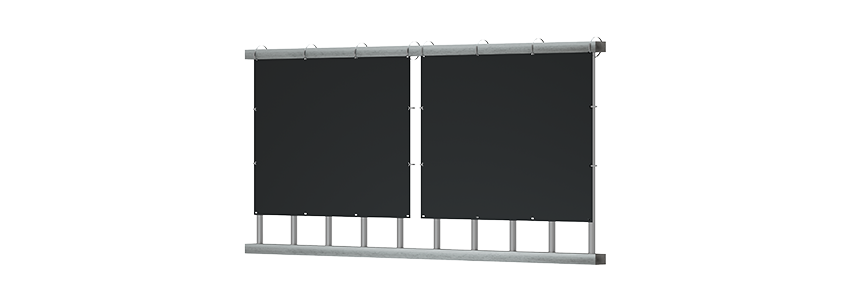
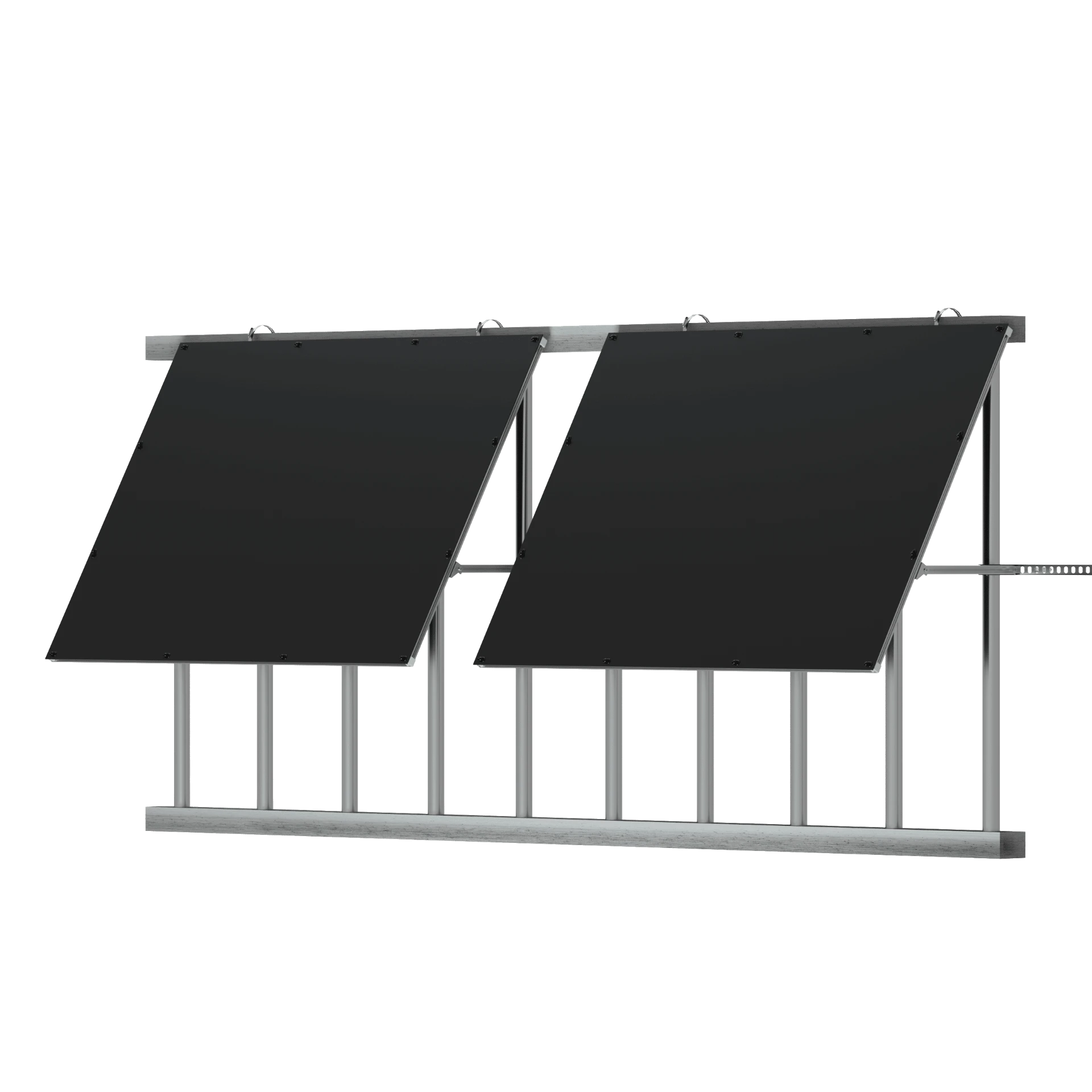



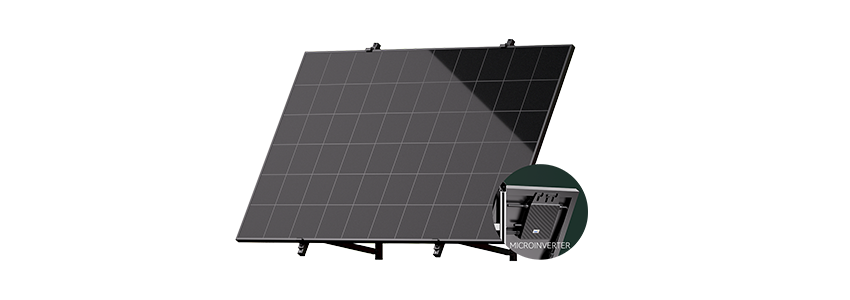
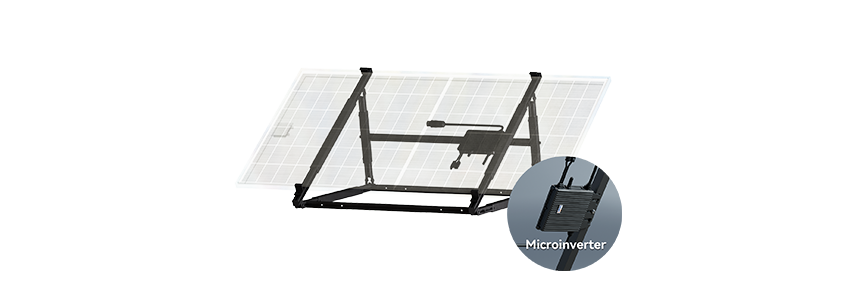
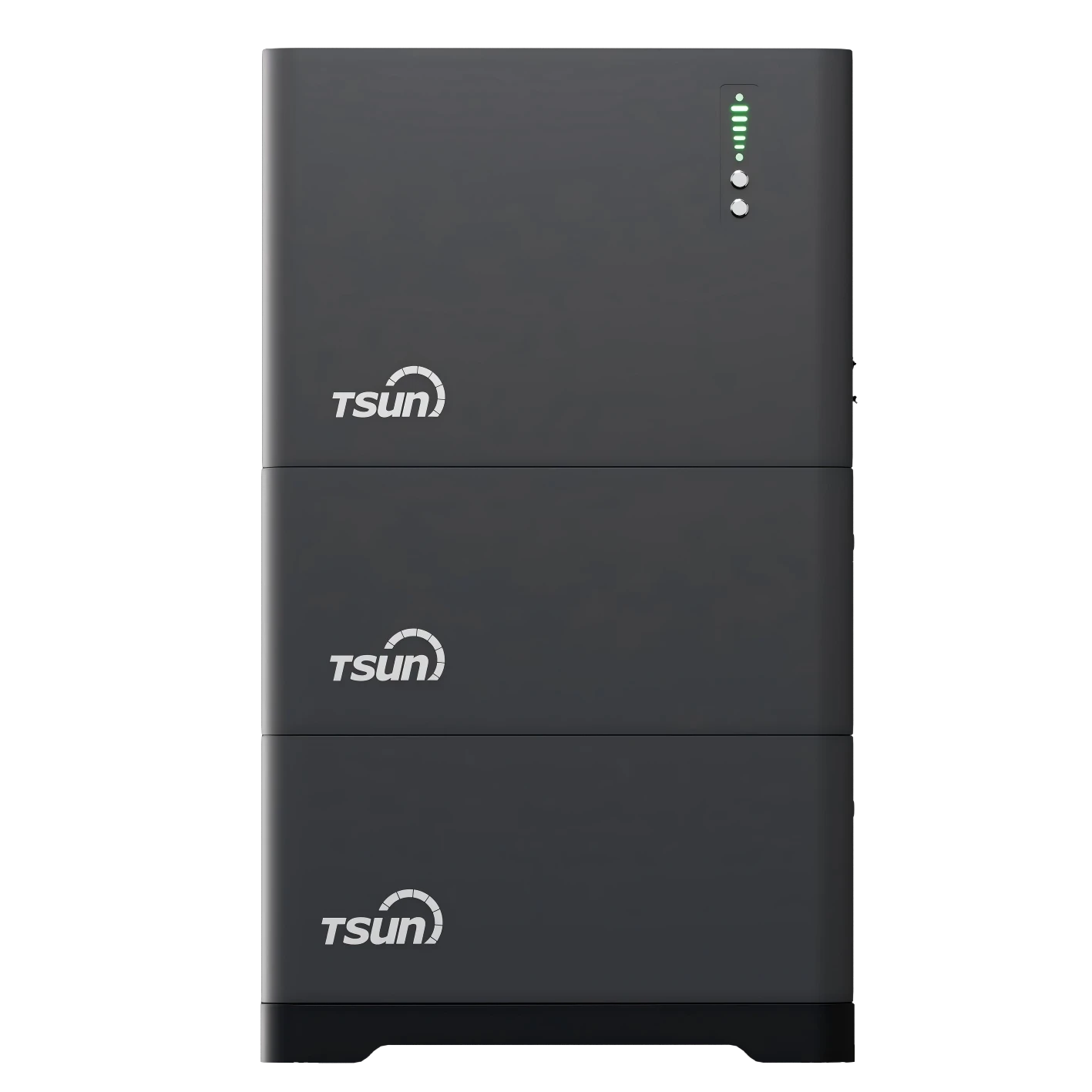
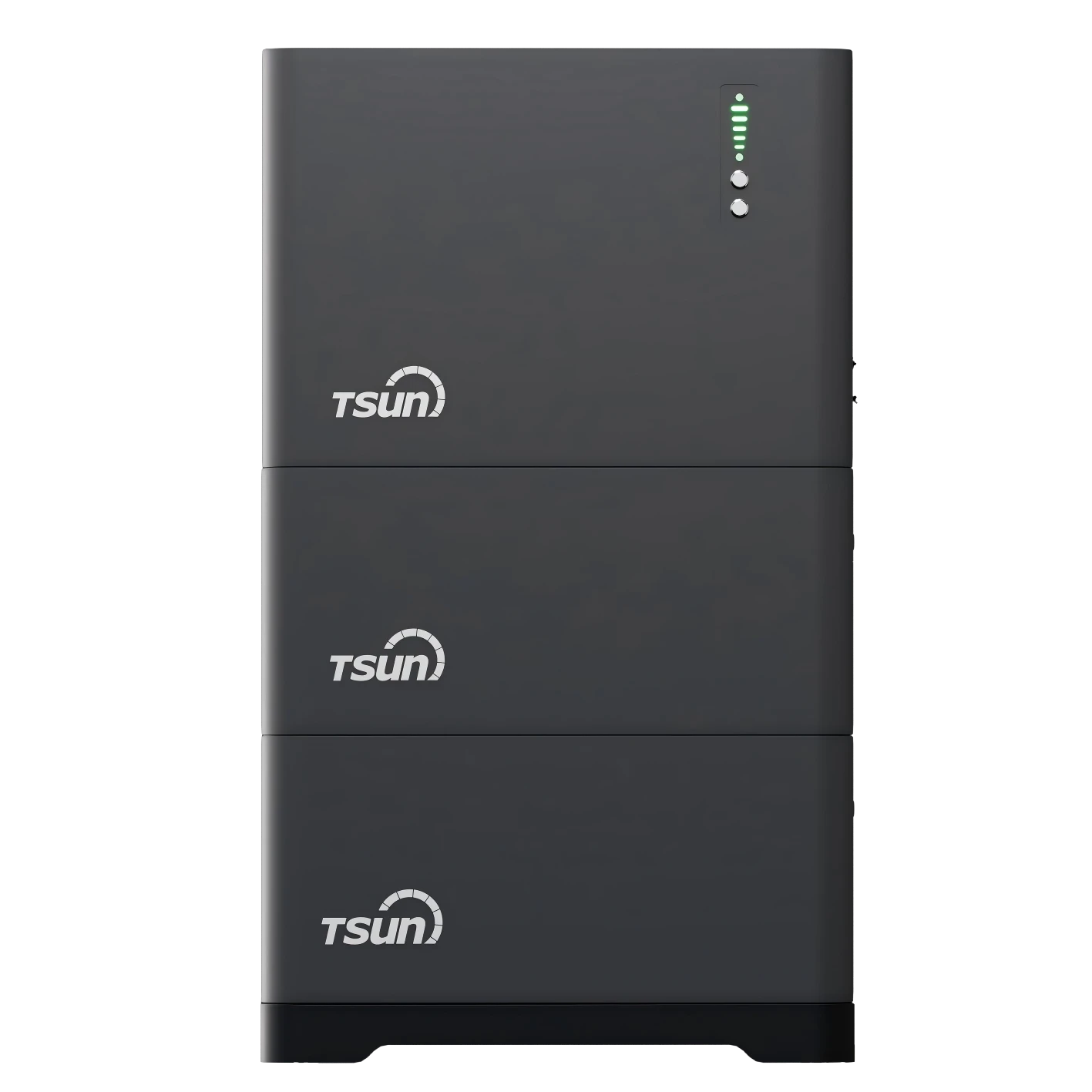
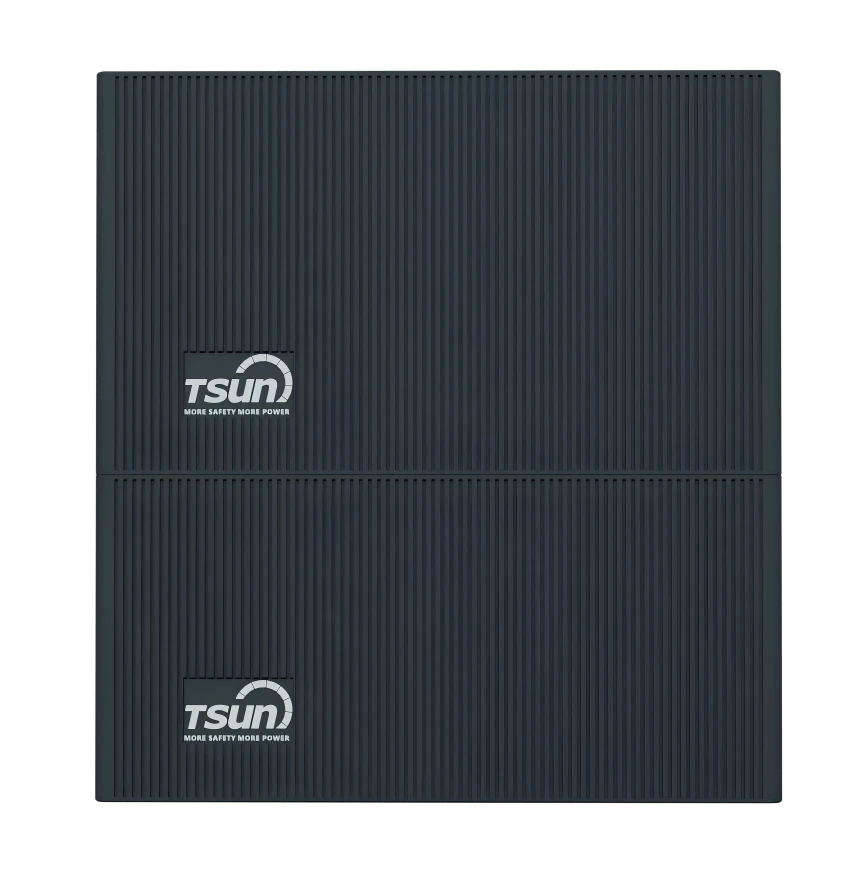

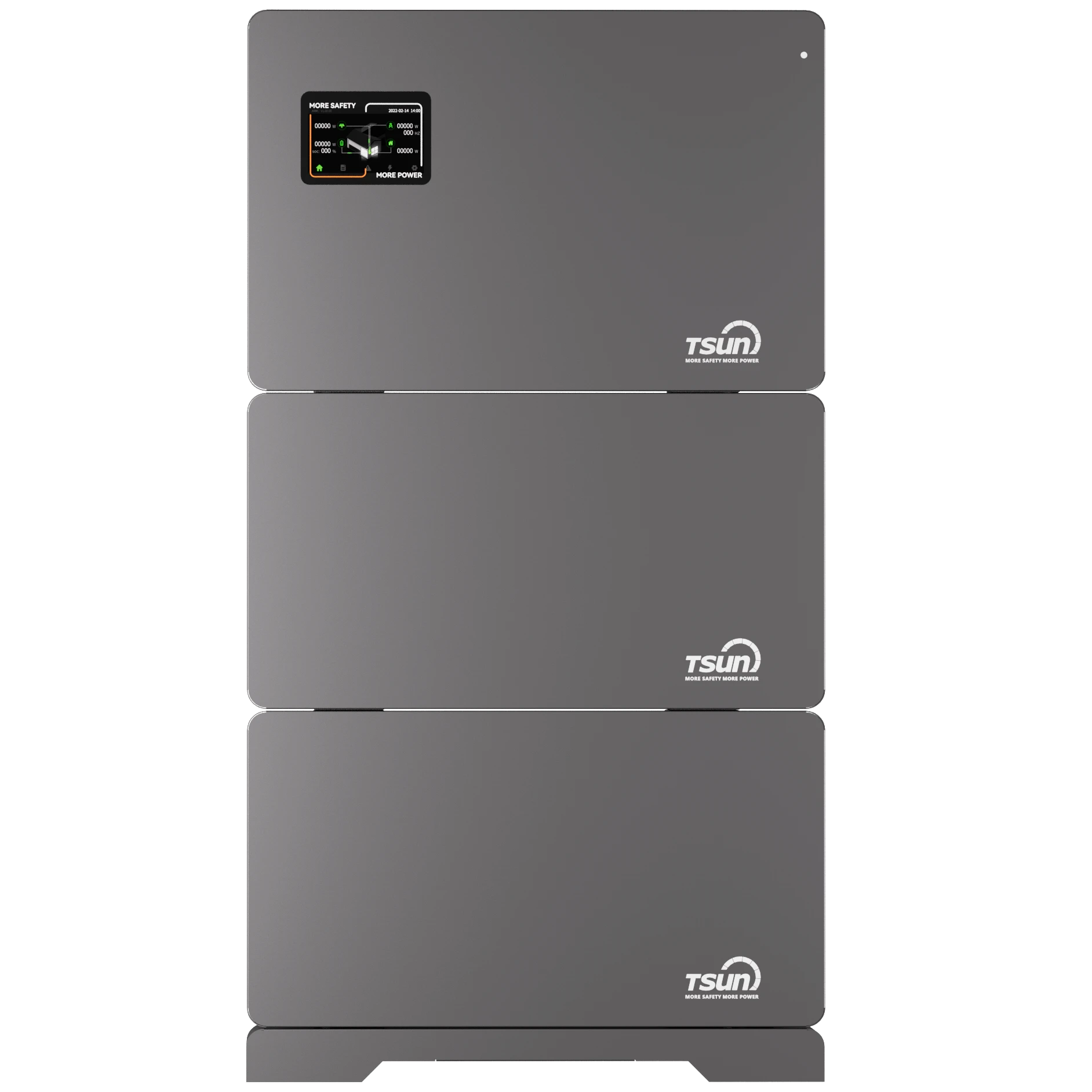



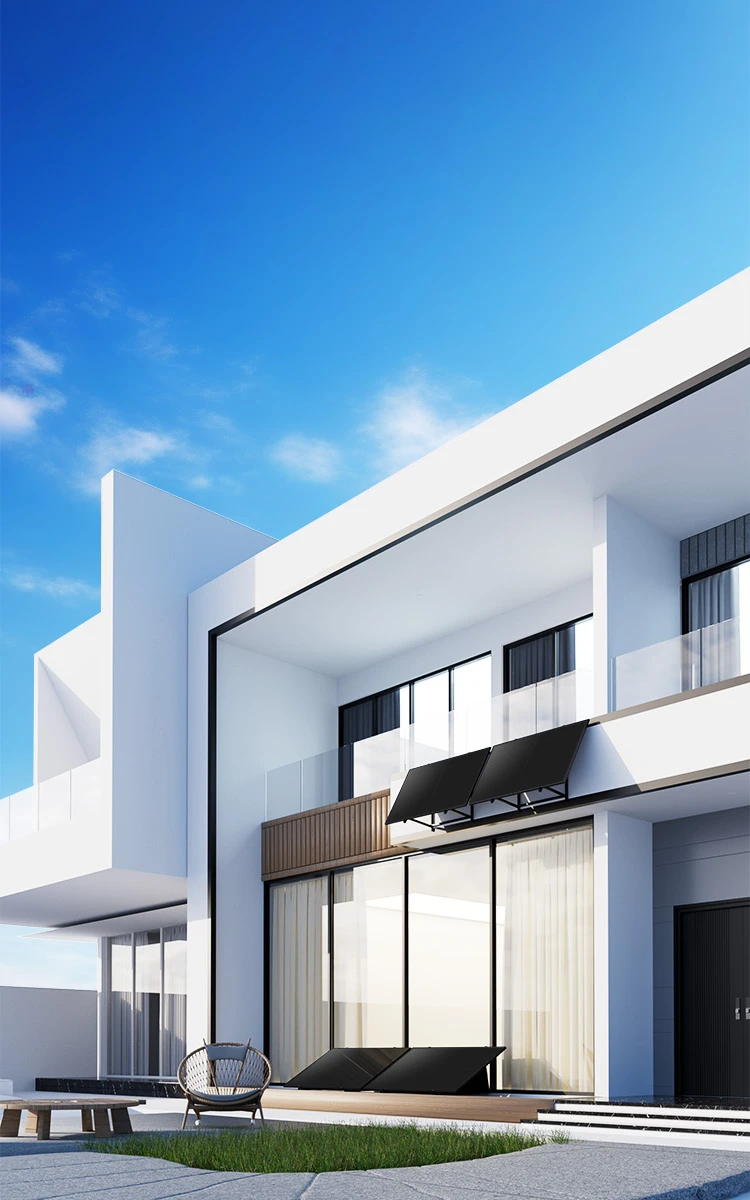
 LEARN DETAILS
LEARN DETAILS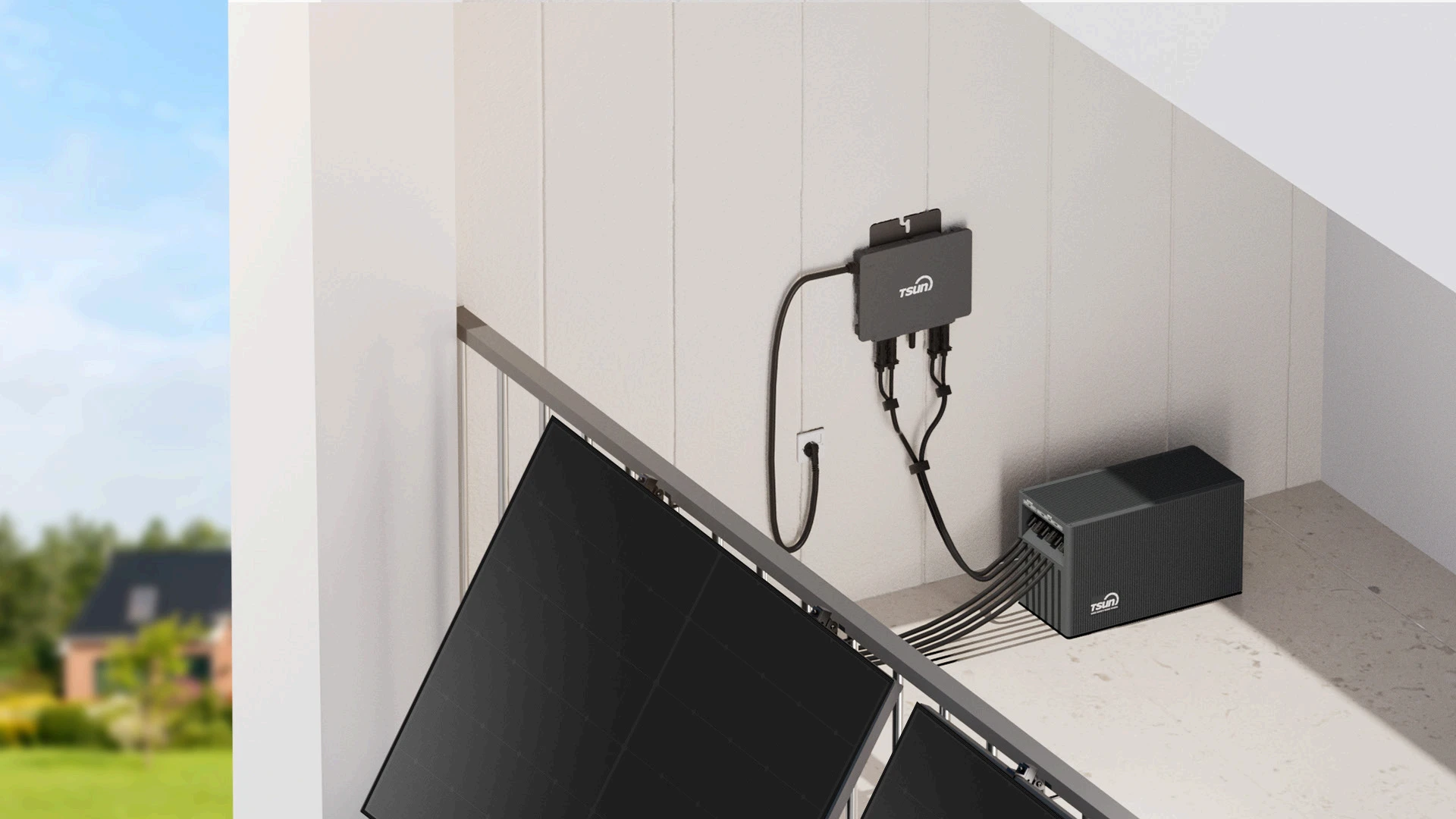
 LEARN DETAILS
LEARN DETAILS
 LEARN DETAILS
LEARN DETAILS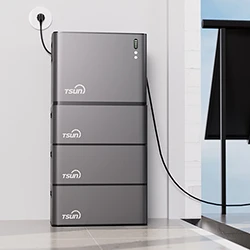
 LEARN DETAILS
LEARN DETAILS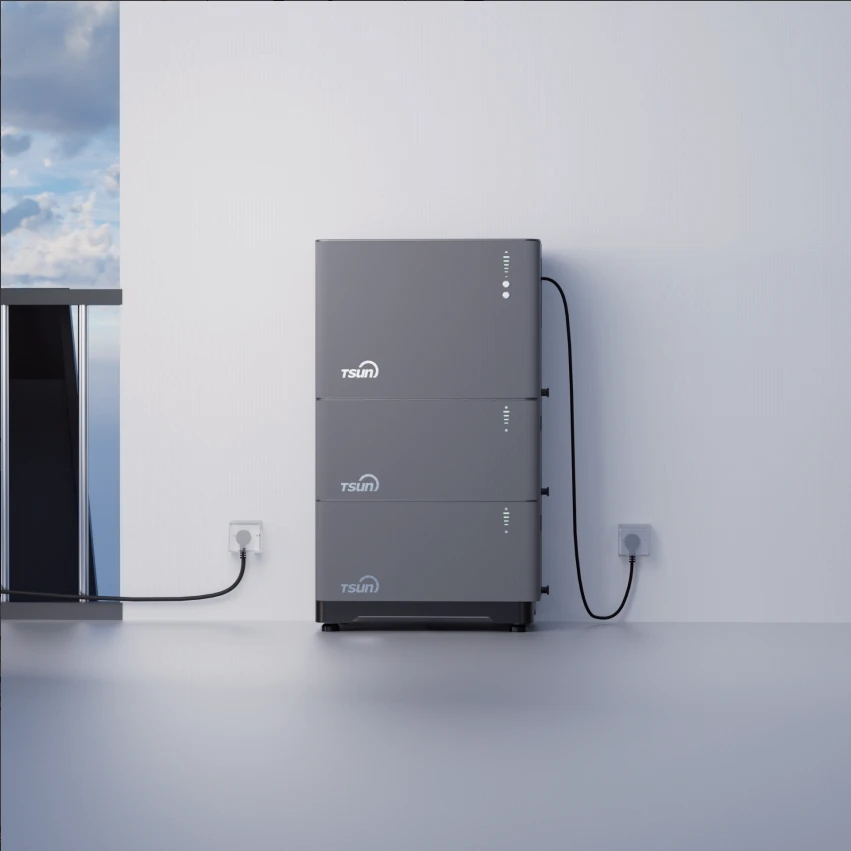
 LEARN DETAILS
LEARN DETAILS

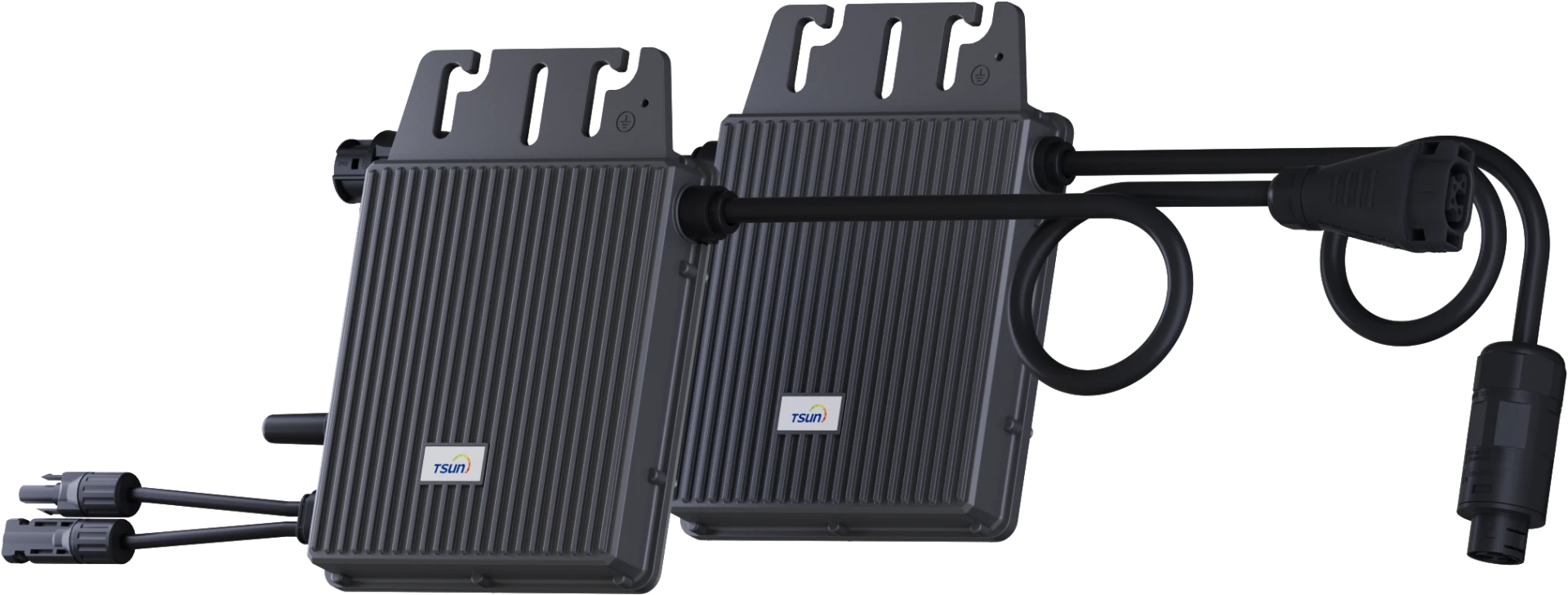

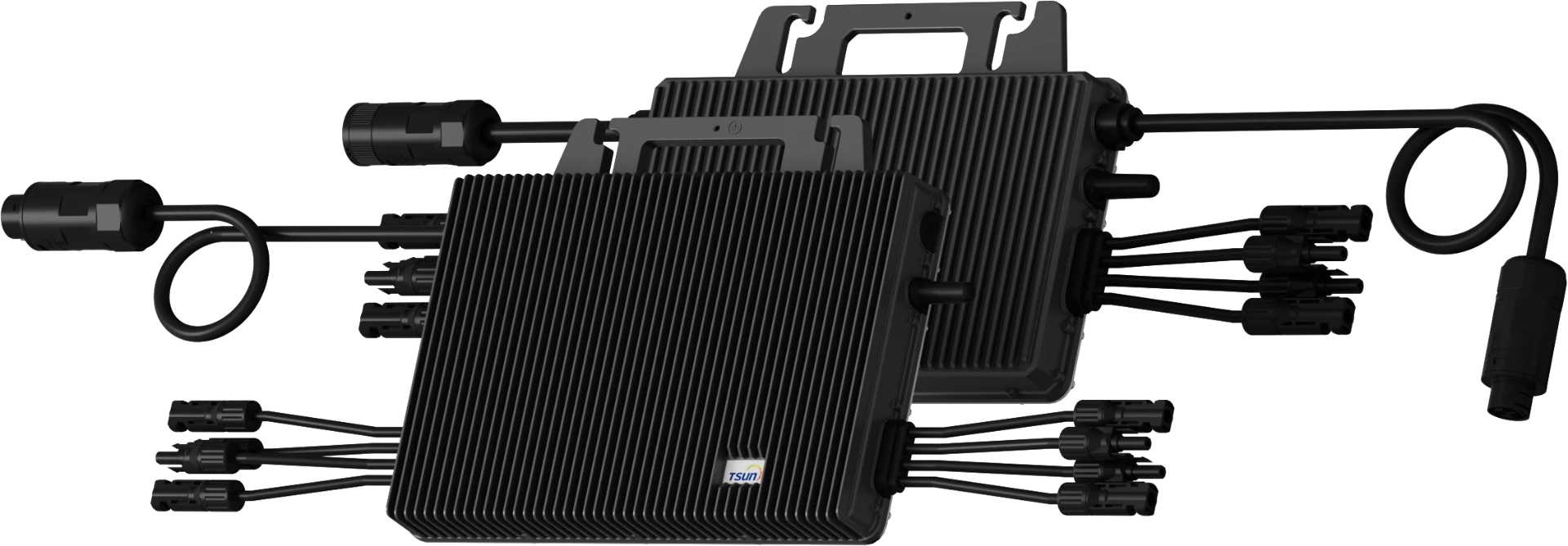
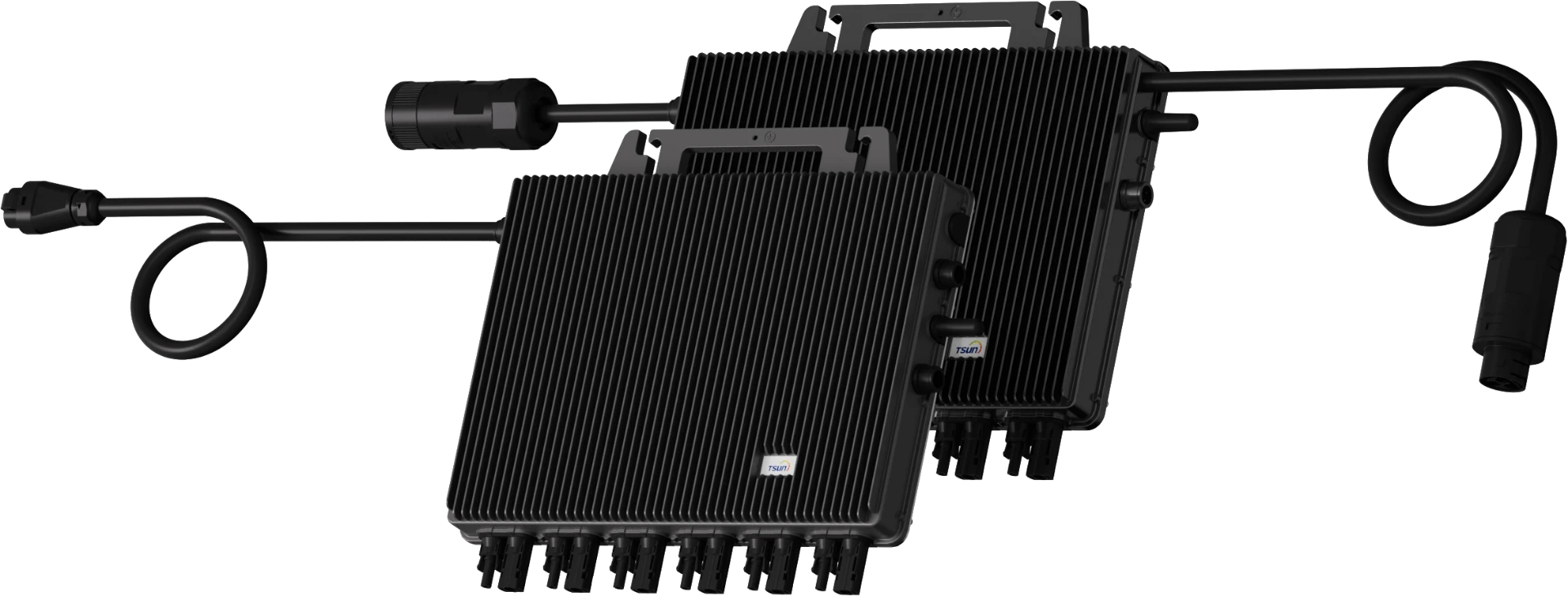
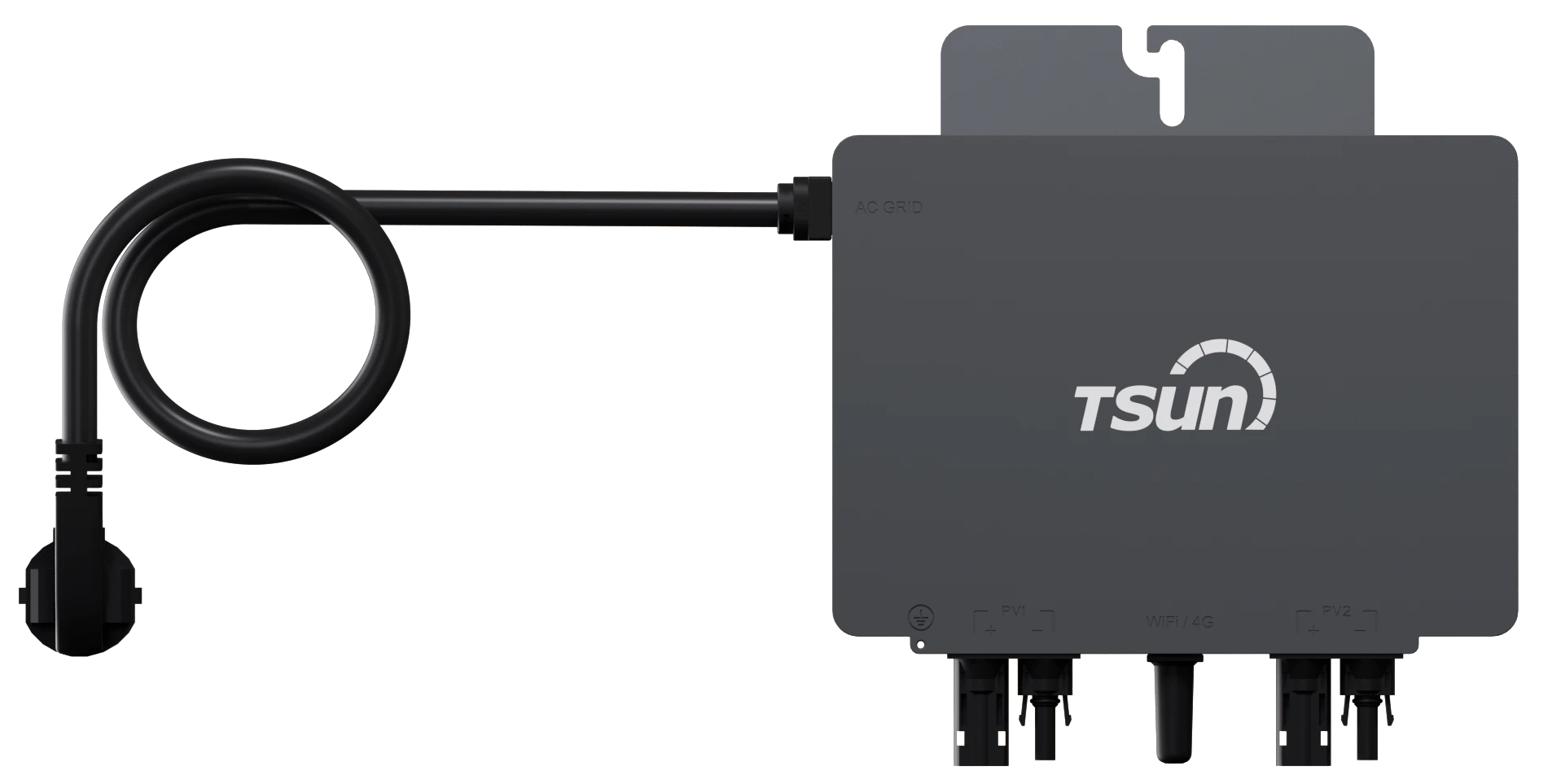
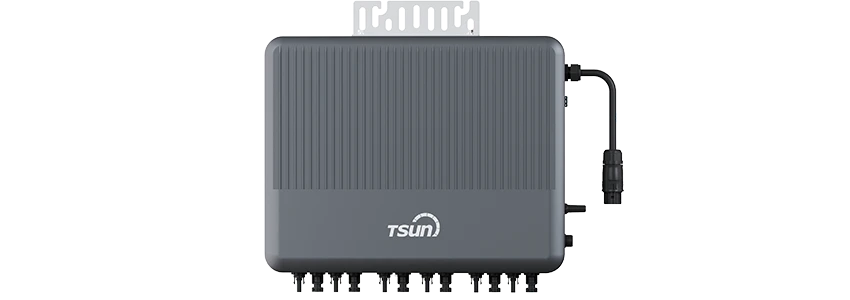
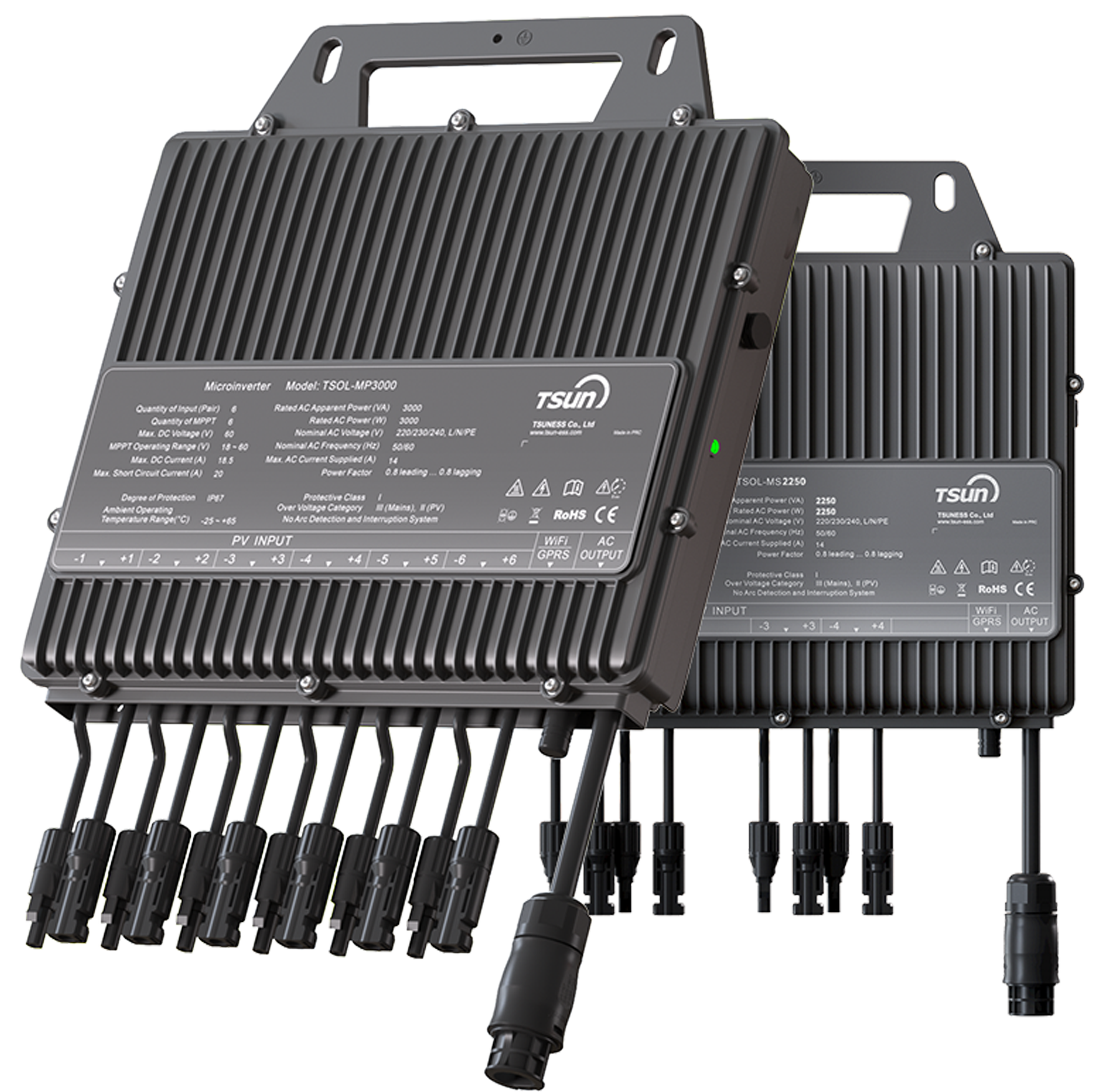
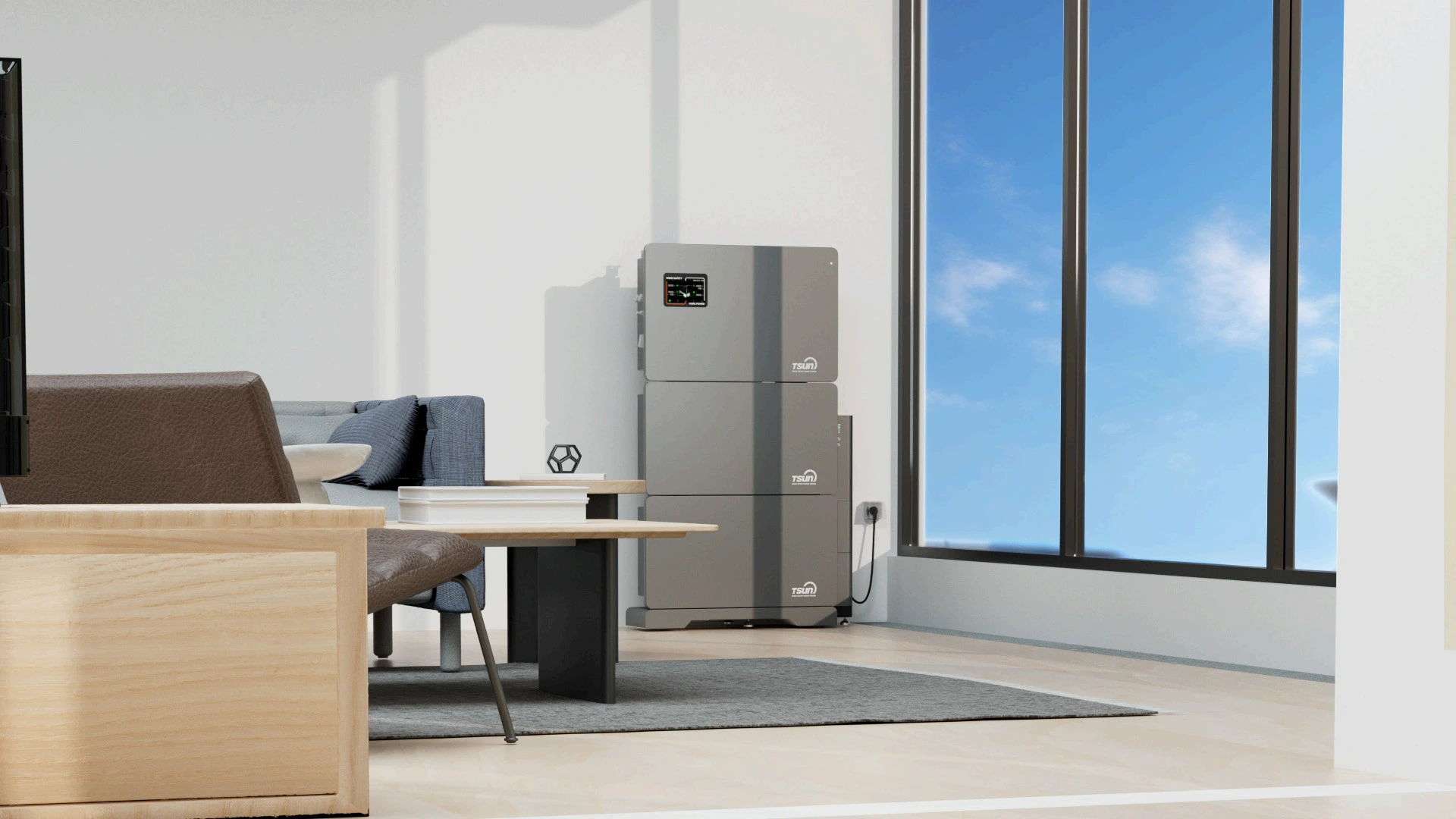

 Downloads
Downloads Video Center
Video Center Report Fault for Repair
Report Fault for Repair FAQS
FAQS Service Network
Service Network Privacy Policy
Privacy Policy Contact Us
Contact Us Monitoring
Monitoring


 LEARN MORE
LEARN MORE








